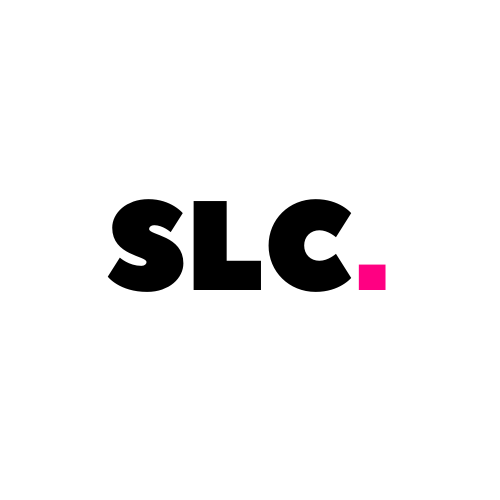
Position of LGBTQ+ community in Indian Army
Last Updated on July 4, 2021 by Administrator
LGBTQIA+ community comprises of individuals who do not align with the “standard” notion of sexuality that is labeled to people by virtue of the sex they are born into. Their sexuality, that is who they are sexually attracted to, is different than the sex they were assigned at birth. There is a fine difference between gender, sexuality and sex. While sex can be determined at birth through a person’s genitals, sexuality (sexual attraction) is fluid, and can change with time, whereas Gender refers to how you feel as a person – feminine/masculine/non-binary.
Multinational research firm – Ipsos released a report on LGBT+ Pride 2021 Global Survey, that states that almost 17% of the participants of the survey, were not heterosexuals.
After the NALSA judgment[1] of 2014, attempts were made to re-integrate the marginalized trans community in India. Navtej Singh Johar v Union of India[2] in 2018 decriminalized Section 377 of IPC which penalized “unnatural sex”, thereby legally allowing LGBTQIA+ community’s adults to engage in consensual coitus. However in June 2019 when the then Chief of Army Staff, General Bipin Rawat was asked about the impact of the judgement in the Indian Army, he said: “The Army is conservative. We are a family. We are not westernized. As for the lgbt issues, they are simply not acceptable in the army”. Though General Rawat did not entirely dismiss the possibility of the LGBT community joining the Indian Army in the near future.
Section 46 of the Army Act cites homosexuality as an offence. Countries like the UK, Australia, South Africa, Argentina, Germany, all have policies that ban discrimination in the military on the grounds of sexuality. A study conducted by the think tank Hague Centre for Strategic Studies on more than 100 armed forces found India to be among the least friendly to gays.
Arguments made for banning homosexualityp in the army includes the thought-process of how soldiers serve shoulder to shoulder and the presence of homosexuals may make them nervous/uncomfortable and hence affect their capabilities of serving the nation. However, in cases of Watkins v US Army[3] and Pruitt v Cheney[4], the Court held that the fact that the Petitioners being homosexuals had no degrading impact “upon unit performance, morale or discipline”. Another argument as to why homosexuals should not be allowed to serve is one that was earlier made for women joining the army, that is relating to the organizational hierarchy. “Illiterate men will not be able to take orders from homosexuals” is an extremely weak and problematic argument simply because it validates the internalized homophobia of individuals, and does not take into account that if a homosexual person has reached the position where they can give orders to others then they are qualified for the same and must be given the same respect and importance as their heterosexual counterparts.
Inclusivity and Gender-Sensitization is the way ahead for any developing nation. In 2016, a study took place that looked into the implications of allowing transgender community to serve in the US military, taking into consideration what 18 other countries were doing differently that allowed trans folk to join the military.
The study suggested diversity-related training, as well as a well drafted policy on military recruitment of trans folk.
Section 46 of the Army Act has not been amended or challenged yet in the Court of law, because of which homosexuality in the army is still an offence.
For a person to be a patriot and serve their nation, one does not need to be a heterosexual. Homosexuality will not weaken the organization, rather it will strengthen it’s diversity, and start more open dialogue for involving a community that has been ignored for too long.
The Indian Army just like any other organization needs sensitization exercises, especially for army personnel who choose to come out as a part of the lgbt community. Provisions should be made in order to accommodate the community in the army.
[1] National Legal Service Authority (NALSA) v Union of India & Ors, AIR 2014 SC 1863.
[2] Navtej Singh Johar v. Union of India, (2018) 10 SCC 1.
[3] Watkins v. United States Army, 721 F. 2d 687, 691 (9th Cir. 1983)
[4] Pruitt v. Cheney – 963 F.2d 1160 (9th Cir. 1992).



